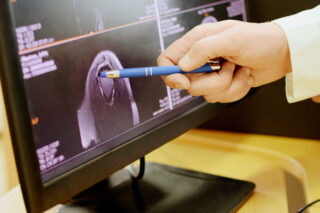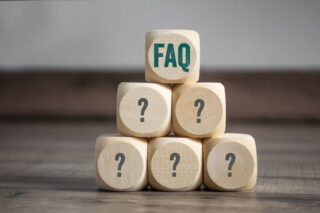Arthroscopic rotator cuff repair
Arthroscopic Rotator Cuff Repair.
This surgery is carried out for patients who have a symptomatic rotator cuff tear. The rotator cuff is a group of tendons that insert around the top of the humerus and their action is very important for shoulder function. More can be read about rotator cuff tears here.
Patients who have a rotator cuff tear will usually have symptoms of pain in the upper lateral arm which is worse on use of the arm, pain at night is a common problem.
Procedure
The aim is to re-attach the damaged tendons to the bone of the upper humerus. This is done through key hole surgery. A general anaesthetic is needed and the tear is assessed to see if the tendon/s can be brought back to the bone.
The next step is to attach the tendon to the bone, this is done using anchors which fix the tendon to the bone. The anchors hold sutures or tapes which are passed through the tendon which are used to hold the tendon against the bone. The tendon then needs to heal over time to form a permanent biological bond to the bone. This healed tendon will result in less pain and better function of the arm.
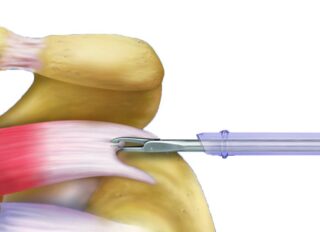
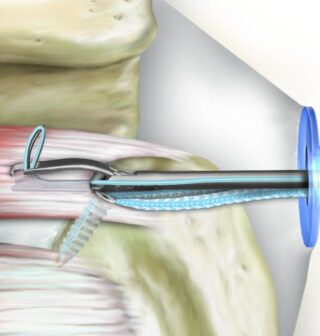
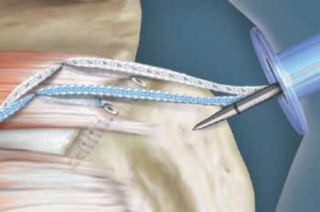 |
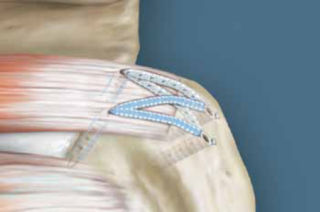 |
After care
This surgery is usually carried out on a day patient basis. You will be asked to wear a sling for usually 4 weeks after the procedure. There will be some simple sutures to be removed after a week.
The shoulder will be swollen initially and this goes away fairly quickly, it can also be bruised after surgery.
You will be discharged home with painkillers and it is expected that you may need these for a few weeks. It is normal for the shoulder to be sore after this procedure.
Physiotherapy
After surgery physiotherapy will play an important role in your recovery, the initial phase of recovery is aimed maintaining some movement. Exercises are aimed at mainly passive range of motion.
After the sling is removed more exercises will be introduced and the physiotherapist will be following our rotator cuff repair protocol.
Please consult our rehabilitation pages.
Problems
Fortunately complications after rotator cuff repair surgery are rare. The common possible problems are: infection at less than 1%; stiffness 5% and failure to heal the tendon.
Stiffness
Most patients will have some stiffness initially and the majority of this will respond to simple painkiller and physiotherapy. Stiffness that persists beyond this occurs at a rate of 1%. This can be treated if it persists, usually we would establish that the rotator cuff had healed and then consider a distension arthrogram or capsular release.
Tendon healing
The majority to tendons repaired do heal, but there are some risk factors that are associated with poorer outcomes after repair, such as increased tear size and retraction/ muscle waisting / overall health of the patient/ age. These problems will be discussed as part of the consent process.
Recovery
Most patients are off driving for 4-6 weeks. Sling is worn for 4 weeks. Heavy lifting is to be avoided for 3 months. The strength part of the recovery programme starts after 3 months.
The majority of the recovery will occur in the first 4-6 months but patient can experience positive changes for up to 12 months after surgery.
Andrew Brooksbank
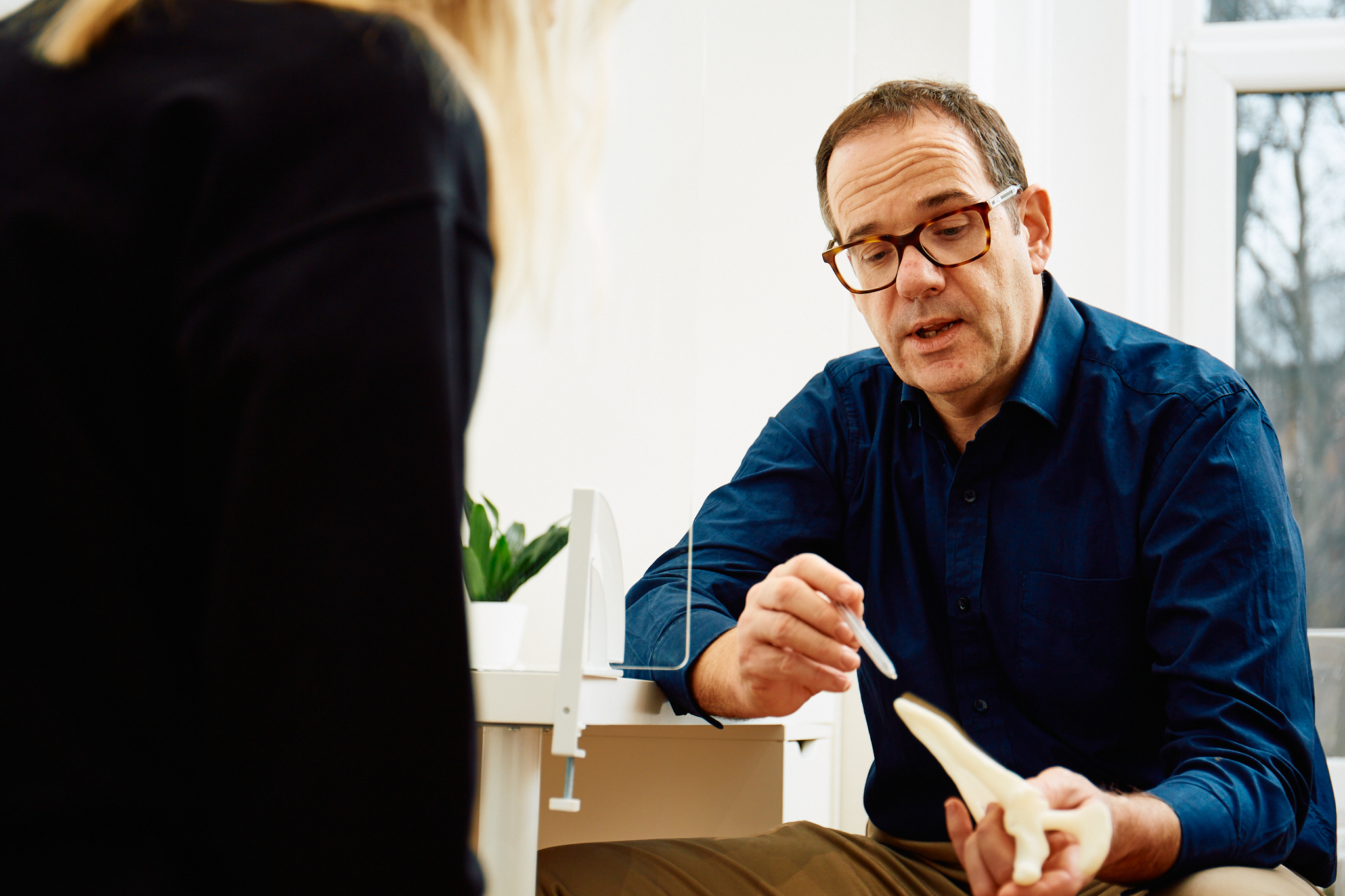
CONSULTING HOURS
CONTACT DETAILS
PROCEDURES
Treatment journey
APPOINTMENTS
Make a consultantion appointment wiith Mr Andrew Brooksbank at BMI Ross Hall Glasgow.
FAQ’s
Frequently asked questions about appointments, treatment, recovery and insurance/payments.
